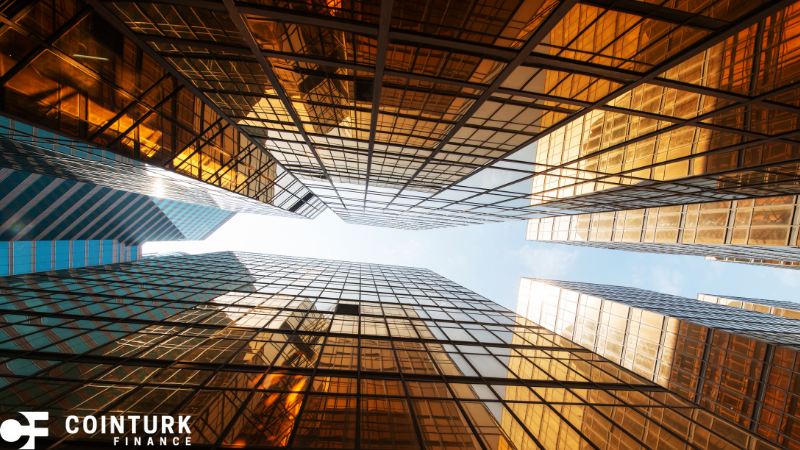The 2024 Nobel Prize in Physics was awarded to two key figures for their pioneering efforts in artificial intelligence. John J. Hopfield and Geoffrey E. Hinton, representing Princeton University and the University of Toronto respectively, have been honored for their influential work establishing the basic principles of artificial neural networks. Their achievements, originating in the 1980s, have significantly influenced the development of modern machine learning, a field now integral to industries worldwide. This recognition also underscores the growing intersection between physics and AI, highlighting the transformative potential of their interdisciplinary collaboration.
Historically, the Nobel Prize in Physics has celebrated a wide array of scientific advancements. However, the recognition of breakthroughs in AI marks a notable shift in focus, reflecting the significant role of computational technologies in contemporary science. Previous awards in the field of physics often focused on discoveries related to fundamental particles and cosmic phenomena. Now, the spotlight moves to technological innovations that impact everyday life, such as AI applications. This transition mirrors the expanding scope of physics and its applications in various domains.
How Did Their Innovations Shape AI?
Hopfield and Hinton’s research laid down the foundational elements that drive current AI technologies. Hopfield introduced a neural network model capable of storing and retrieving patterns, which became a key concept in data processing and image recognition. Building on this, Hinton developed the Boltzmann machine, a more advanced network capable of discerning significant patterns autonomously. These contributions have been instrumental in numerous applications, from image classification to creating new instances of learned data patterns.
What Concerns Does Hinton Raise About AI?
Despite his contributions, Hinton has expressed reservations about AI’s potential hazards. He resigned from Google (NASDAQ:GOOGL) in 2023 to freely voice his concerns about the risks associated with advanced AI systems. Hinton has been a strong advocate for increased AI regulation, arguing that existing measures may merely serve to reduce corporate liability rather than ensuring safety.
“I suspect that Andrew Ng and Yann LeCun have missed the main reason why the big companies want regulations,” Hinton stated. “Years ago the founder of a self-driving company told me that he liked safety regulations because if you satisfied them it reduced your legal liability for accidents.”
The prize amounts to 11 million Swedish kronor, approximately $1 million, to be shared between the laureates. The announcement emphasizes the interdisciplinary impact of their work, underscoring how foundational discoveries in AI stem from diverse scientific principles.
This event highlights a broader pattern in scientific recognition, where traditional boundaries are continually crossed to acknowledge the collaborative nature of modern scientific advancements. The Nobel Committee’s statement reflects this sentiment, noting the extensive influence of artificial neural networks in advancing scientific knowledge.
The 2024 Nobel Prize in Physics not only honors individual achievements but also draws attention to AI’s dual role as both a tool for progress and a subject for ethical scrutiny. For readers, understanding these dynamics offers a deeper appreciation of the ongoing dialogue surrounding AI’s future. The need for balanced regulatory frameworks, the dynamics between technological innovation and societal protection, and the continuing relevance of interdisciplinary research are crucial elements to consider as AI’s role in society grows.










